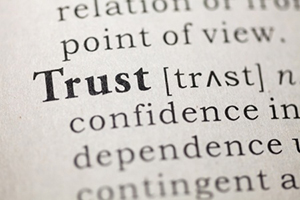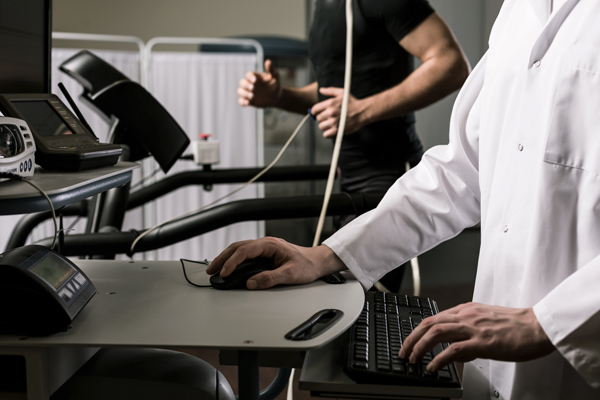![]()
Blog @ SunTech
Advice from the BP Measurement Experts
Determining BP Device Accuracy: Who Has It Right?
 All caregivers need to trust the accuracy of automated blood pressure (BP) devices they use to make clinical decisions. But when considering one specific BP device versus another, how does one establish that trust? Well, an automated BP device that’s used to guide patient treatment is legally considered a medical device, and therefore must adhere to the regulatory guidelines for the markets in which it is sold.
All caregivers need to trust the accuracy of automated blood pressure (BP) devices they use to make clinical decisions. But when considering one specific BP device versus another, how does one establish that trust? Well, an automated BP device that’s used to guide patient treatment is legally considered a medical device, and therefore must adhere to the regulatory guidelines for the markets in which it is sold.
In the United States, the FDA requirement for medical devices that measure BP has been to pass the SP10 protocol for manual, electronic or automated sphygmomanometers. For medical devices sold in Europe, the required BP standard has been EN1060-4. Both of these protocols require that data be collected from at least 85 subjects to demonstrate accuracy when compared to a reference standard. More recently, the regulatory bodies of both the US and Europe agreed upon a new protocol in the ANSI/AAMI/ISO 81060-2:2009 standard. This new international protocol also requires a minimum of 85 subjects.
In addition to the international regulatory requirements that allow companies to market BP measurement devices, there are validation protocols published by professional organizations like the British Hypertension Society (BHS) and the European Society of Hypertension (ESH). The BHS protocol, which was first published back in 1990, once again says that at least 85 patients should be included in the testing. However, the international protocol from ESH, first published in 2002, only requires data collection from 33 subjects.
In the current issue of Blood Pressure Monitoring, the “Letters to the Editor” section features an exchange between members of the AAMI sphygmomanometer committee and ESH members on the topic of blood pressure device validation. One of the key points made by the ESH members regarding their reduced sample size was the intent to “simplify the validation procedures so to facilitate wider use of the validation protocol.”1 They assert that many more published/presented studies have been reported over the last 10 years using the ESH protocol than any other procedure. It should be noted, however, that many of those studies have been on devices intended for home or self use and may not have completed the regulatory requirements for sale as a medical device.
While it makes sense that a validation study requiring only 33 subjects instead of 85 is less onerous, it does little to lessen the burden on medical device manufacturers who need to fulfill the regulatory requirements of their international markets. For them, performing an ESH validation is an additional expense primarily for marketing purposes. It is interesting to note that the members of the AAMI committee who show support for the more burdensome 85 subject protocols as more clinically significant are mostly made up of employees from major medical device manufacturers, including SunTech Medical. Whichever protocol or procedure you support, it is important that all groups continue to strive for improving the accuracy of blood pressure devices when playing any role in the clinical decision-making process.
1. Letter to the Editor – Response to Blood Pressure Monitoring 2011; 16:67-73. Blood Pressure Monitoring 2012, 17:45-47
Interested in getting more SunTech news, product info, as well as
tips, tricks, and insights from BP experts?
Sign up to get fresh content delivered direct to your inbox.


